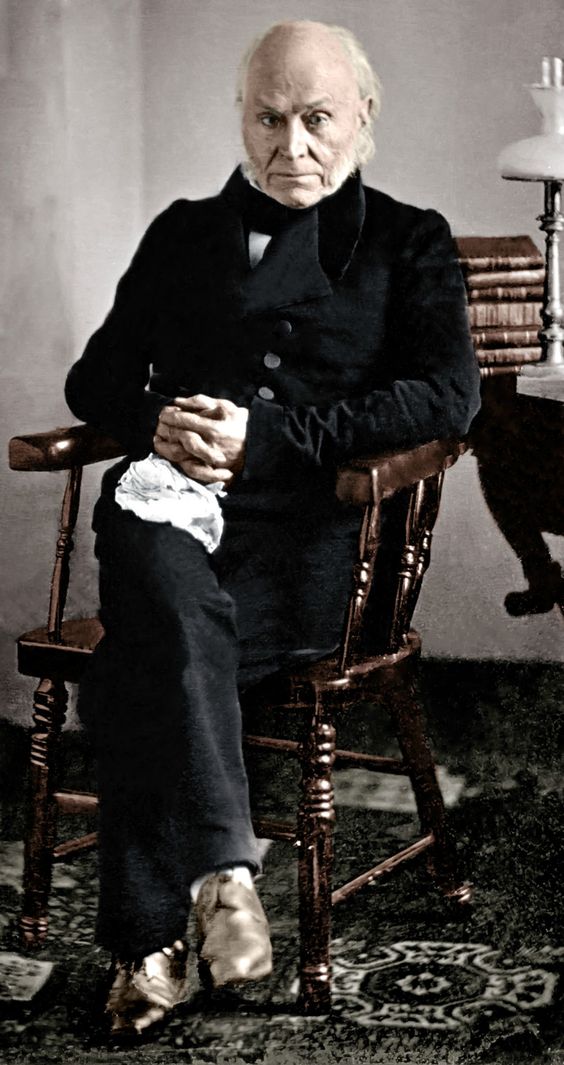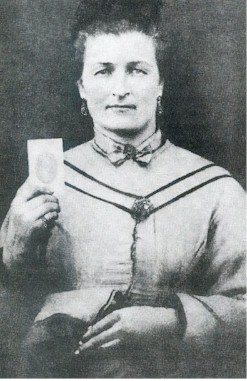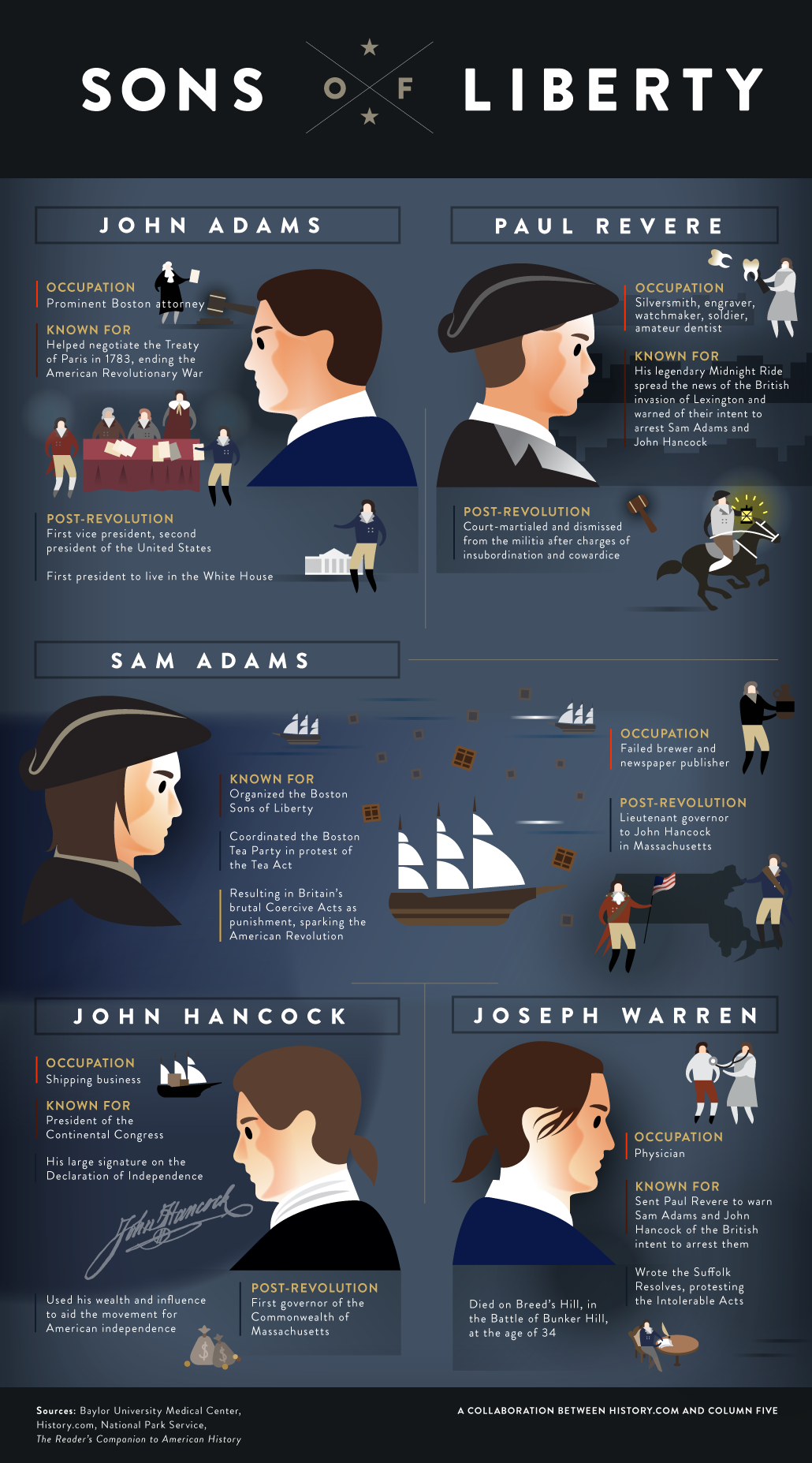Sarah Malinda Pritchard, perhaps the most famous female soldier from North Carolina, served alongside her husband in the Confederate army, and later assisted the Union military. Born in 1839, she married William McKesson Blalock at the age of seventeen, and settled on a farm near the base of Grandfather Mountain. William, who went by the nickname “Keith,” remained loyal to the Union at the outbreak of the war, and refused to enlist the Confederate army. However, in March 1862, faced with new conscription laws requiring all men between the ages of eighteen and thirty-five to serve in the army, Keith Blalock and his wife, disguised as “Sam” Blalock and claiming to be Keith’s younger brother, enlisted in Company F, 26th North Carolina Infantry.
Six days prior to the Blalock’s enlistment, the 26th North Carolina had fought in the Battle of New Bern, and the regiment was recovering near Kinston. “Sam” gave her age on enlistment as twenty, but was described in later accounts as a “good looking sixteen-year-old boy” weighing “about 130 pounds, height five feet four inches.” It was noted that for the next month Sam , tenting and eating with Keith, did all the “duties of a soldier,” and was “very adept at learning the manual and the drill.”
Sarah Malinda’s Confederate service was quite short-lived, however. Keith, ever anxious to find a way out of the army, approached the regimental surgeon, Thomas J. Boykin, with a complaint of a “rupture” (hernia) and “poison from sumac.” The injury may have been a preexisting condition however it is thought that he rolled around in sumac in order to gain the rash. Initially the surgeons thought he was suffering from smallpox due to the severity of the disorder. On April 20, 1862, Keith was discharged from Confederate service for “disability.” That same afternoon, “Sam” came clean to the regimental commanders, including Colonel Zebulon Vance, and immediately was discharged from service.
After their release, the Blalocks made their way back to their mountain home. Precisely what happened to them in 1863-1864 is unclear. One account states that Keith was subsequently wounded in the arm as the couple were pursued into the wilderness atop Grandfather Mountain by Confederate conscription and enrolling officers attempting to force Keith to rejoin the army. If he had been properly discharged, however, and had papers proving that, they could not have legally reenlisted him. In his later years, Keith asserted that he had never been properly discharged. Tradition also states that he helped Union escapees from Salisbury prison cross the mountains into Tennessee.
At some point in the fall of 1863 or spring of 1864, Keith made his way across the mountains into eastern Tennessee, where on June 1, 1864 he enlisted at Strawberry Plains in Company D, 10th Michigan Cavalry. The company records indicate that at least four other eastern Tennessee or western North Carolina Unionists joined the same company. He later claimed in his Union army pension that he spent the majority of his time in service as a scout. He acknowledged two injuries in his pension that do not appear in his service records: a gunshot to the arm while operating in Caldwell County in the summer of 1864, and a second wound, which cost him his left eye, on January 15, 1865.
Historians as well as fiction writers have made numerous claims that Sarah Malinda Blalock took part in many of Keith’s scouting forays. One story involves Malinda being wounded in the shoulder in an early 1864 attack on the home of Carroll Moore, the father of a former friend and comrade of the Blalocks. She indeed may have helped him, but one must account for the fact that she had a one-year-old child at the time that needed care, and Keith does not mention her presence alongside him in any of his pension correspondence postwar.
After the war, Keith Blalock murdered a man who was responsible for the killing of his stepfather during the conflict. He managed to escape prosecution. For a brief time the family moved to Texas, but eventually returned to North Carolina, settling as farmers in Mitchell County (in an area that is present-day Avery County). Malinda died in 1903, and is buried in the Montezuma Community Cemetery alongside Keith, who was killed in 1913 in an accident on the railroad.
Sarah Malinda Blalock’s month-long enlistment in the Confederate army, and her later assistance to the Union military, made her unique among North Carolina’s women veterans.
Source…




